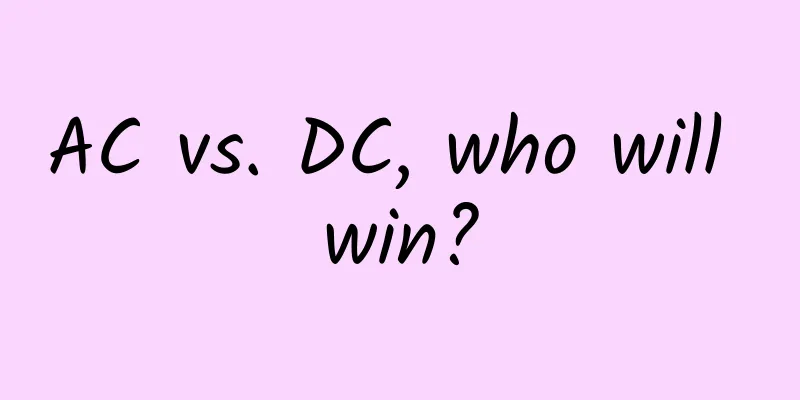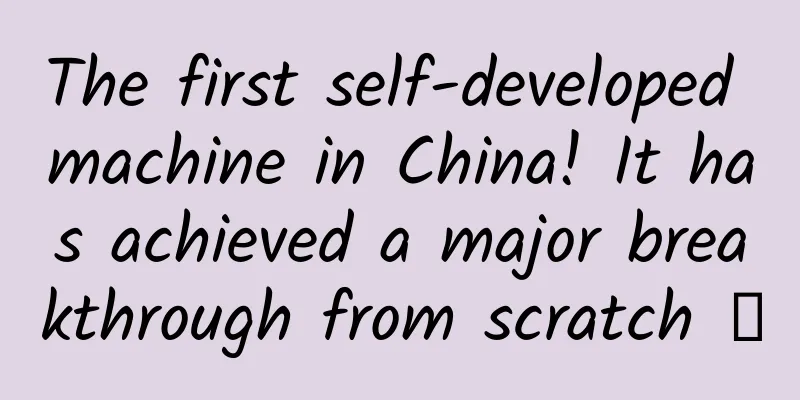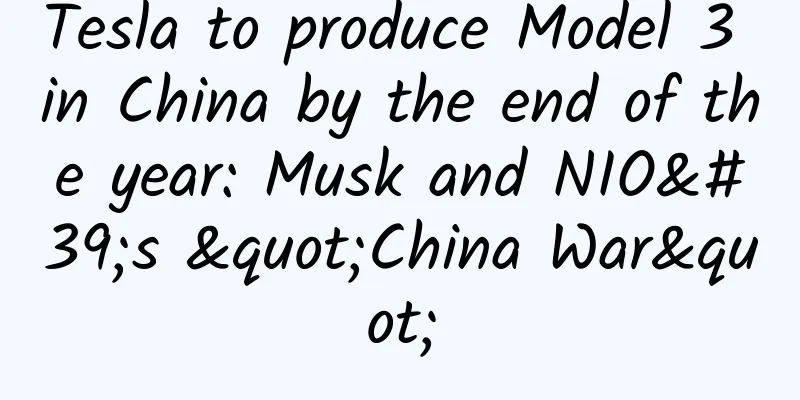AC vs. DC, who will win?

|
More than 100 years ago, Tesla's alternating current defeated Edison's direct current, making alternating current available to every household. If we compare them again today, does alternating current still have an advantage over direct current? First of all, we say that the main reason why direct current is eliminated is the excessive power loss in the line. It costs a lot to transmit electricity over long distances using low-voltage power transmission such as 110V. For example, as the transmission distance increases, the equivalent resistance R of the line increases, and the line loss also increases. Sometimes the line loss can even reach more than 50%. That is to say, if the power plant generates 1000W of electricity, the user may only get 500W of electricity, and the other 500W is all lost in the transmission line. Such losses are unacceptable to any power plant. In the 19th century, the voltage of DC transmission could not be very high, but AC transmission could reach very high voltage. Under higher voltage conditions, high-voltage AC transmission must have smaller line losses than low-voltage DC transmission. From this point of view, the commercial value of AC far exceeded that of DC at that time. If direct current is used, users close to power plants can ensure that they receive a voltage of 110V, while users far away from power plants may only receive 80V, which will seriously affect the performance and life of the electrical appliances. Can we increase the voltage a little bit? For example, to 140V, obviously that won't work. After the voltage is raised to 140V, users at the end of the power plant will probably get 110V, while users near the power plant will have to bear 140V. This voltage exceeds the rated voltage of the electrical appliances, which will also damage the appliances and reduce their service life. The key is that direct current cannot use a transformer, it is a product of alternating current. Finally, when high-voltage transmission quickly cuts off the fault current during a fault, a large arc will be generated. If the arc is not cut off in time, it will seriously damage the power system. When the AC power passes the zero point, the arc will be extinguished briefly, but the DC circuit breaker cannot do this. These shortcomings caused direct current to lose to alternating current almost without a doubt more than 100 years ago. Even though Edison tried to scare the world by electrocuting elephants and making an electric chair, he still could not save his fate of failure, and instead left a stain on his life. So, does DC have a better chance of winning against AC today? To be honest, it is still difficult to win. First of all, thermal power plants and hydropower plants are the main power generation technologies at present. They all generate AC power. Even wind power and nuclear power are AC power. There is no report of DC power. The proportion of DC wind turbines can be basically ignored, mainly because the power grid must be connected to AC power, and DC wind turbines need to convert DC to AC. Currently, photovoltaic power only generates DC power, but in order to connect to the grid, it must convert DC to AC, using power electronics and energy storage devices, so the efficiency has always been low. After so many years of development, the capacity of AC generators is now very large, and the technology of 120MW ultra-supercritical units for thermal power is very mature. Moreover, thermal power and hydropower not only bear the function of power generation, but also contribute to the peak and frequency regulation of the power grid. AC generators can control the output and power of power generation, which is easier to solve. From the overall perspective of power generation, the advantages of AC power and the technology that has gradually matured over the years cannot be surpassed by DC power. As for circuit breakers, although they have been updated many times and the technology is quite mature, high-voltage DC circuit breakers are still difficult to achieve. Having said so many disadvantages of direct current, it actually has its advantages. For example, when transmitting the same power, direct current only requires two wires, while alternating current requires three. This means that direct current high-voltage transmission lines are cheaper. In addition, DC lines have no inductive reactance and capacitive reactance, so there is no reactive power loss, and its corona loss and radio interference are smaller than those of AC overhead lines. Other advantages include limiting the short-circuit current of the system, fast adjustment speed, reliable operation, etc. So why were these advantages not discovered more than 100 years ago? This is because the electronic circuit technology at that time was not well developed and could not overcome the key problems of direct current and could not bring out its advantages. However, in the 1950s, the advent of rectifiers and inverters brought direct current back into the public eye. Countries began to try to use new technologies to overcome the problem of high DC line losses, and achieved certain results. Of course, these advances have only allowed direct current to be used in a small number of areas, and are not enough to shake the position of alternating current. At present, the main application scope of direct current is still long-distance high-voltage transmission. After the emergence of ultra-high voltage technology in my country, about 20 direct current lines have been added nationwide. As far as the current power system is concerned, high-voltage power transmission is a situation where AC and DC coexist and complement each other, but electricity consumption is still mainly AC, and this is likely to be the future development trend. |
Recommend
Today is Lantern Festival丨Light up the lanterns, the moon is full and people are together
Good night to all families Decorate with lanterns...
Landing page conversion is poor? 3 reasons!
The quality of the landing page is related to the...
Introduction to placing Wenchang Tower for people born in the Year of the Dog in 2020
Introduction to placing Wenchang Tower for people...
How did we "transform" from monkeys to humans?
Produced by: Science Popularization China Author:...
What are the factors that drive app user growth? This article is very sharp.
Today, as mobile Internet has penetrated into eve...
Tencent advertising strategy for home improvement and building materials industry!
1. Industry Trends With the rapid economic develo...
Apple Store review adjustments tighten restrictions on app names, descriptions, screenshots, etc.
In addition to adding restrictions on app screens...
Android multi-threaded breakpoint download
Source code introduction Implement multi-threaded...
World Food Day: Chinese grain brings a sense of security to the Chinese people
Jointly produced by: People's Daily Weibo x D...
Can the Centennial Orchid live 100 years? Wrong, it can actually live 2,000 years!
In 1859, Austrian botanist Frederich Welwitsch di...
Who will be the next player in smart TV?
Smart TVs are like magnets, constantly attracting...
From three aspects, summarize the interactive details of Figma that are worth learning from!
introduction Figma has been a very popular tool i...
Kuaishou APP product analysis report!
In this article, I will start with the developmen...
Tesla's new progress in localization: $145 million to purchase factory land
Tesla is reportedly seeking land for its Shanghai...
What kind of gold is the “colloidal gold” on the test paper?
Produced by: Science Popularization China Author:...









